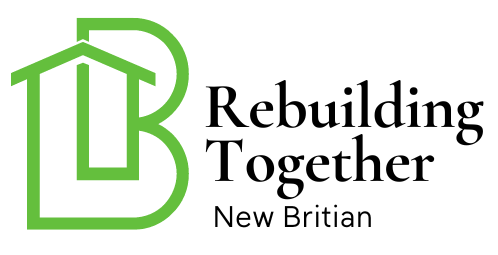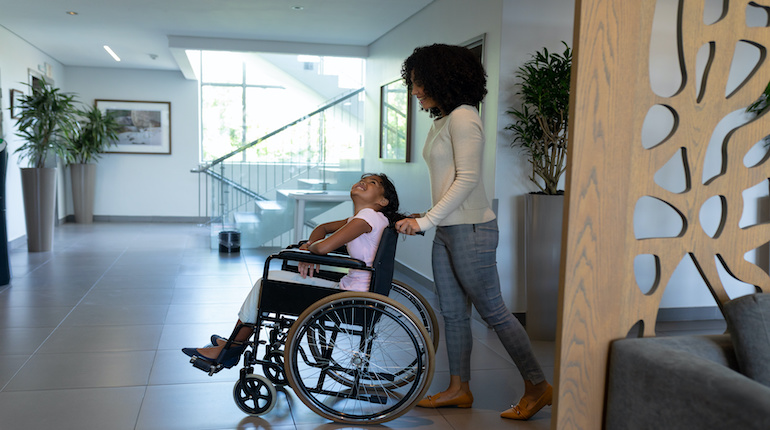In today’s world, creating a more inclusive and accommodating environment is becoming increasingly important. For homeowners, ensuring that their living spaces are accessible to everyone, including individuals with disabilities, is not only a matter of compliance but also a commitment to inclusivity. One of the key areas to focus on is the installation of accessible sinks and countertops. These essential elements of a home can make a significant difference in the quality of life for those who require them. This guide will explore the importance, design considerations, and benefits of accessible sinks and countertops in modern homes.

Understanding Accessible Design
Before diving into the specifics of accessible sinks and countertops, it’s crucial to understand the broader concept of accessible design. Accessible design aims to create spaces that are usable by people of all abilities. This approach ensures that everyone, regardless of their physical limitations, can navigate and use a space comfortably. In the context of home design, this means incorporating features that accommodate individuals with mobility challenges or disabilities.
The Importance of Accessibility
Accessibility in the home is not just a matter of convenience; it’s a necessity for many individuals. For those with disabilities or limited mobility, a lack of accessible features can lead to significant challenges and even safety hazards. Accessible sinks and countertops are particularly important in kitchens and bathrooms, where individuals need to perform essential daily tasks. By making these areas accessible, homeowners can promote independence and improve the overall quality of life for everyone in the household.
Designing Accessible Sinks
When it comes to designing accessible sinks, there are several important considerations to keep in mind. These factors will ensure that the sink is not only functional but also safe and comfortable for users with mobility challenges.
Height and Reach
The height of the sink is a critical factor in accessibility. Sinks should be positioned at a height that allows individuals in wheelchairs to comfortably reach and use them. The recommended height for an accessible sink is typically between 28 to 34 inches from the floor. Additionally, the sink should be shallow enough to allow wheelchair users to position themselves underneath it comfortably.
Faucet Design
The choice of faucet is another crucial aspect of accessible sink design. Lever-style faucets are preferred over traditional knobs, as they are easier to operate for individuals with limited dexterity or strength. Touchless faucets, which can be activated by motion sensors, are also an excellent option for enhancing accessibility and hygiene in the kitchen and bathroom.
Clearance and Space
Ensuring that there is adequate clearance and space around the sink is essential for accessibility. This includes providing enough room for a wheelchair to approach the sink comfortably. Additionally, the area under the sink should be clear of obstructions, allowing individuals to position themselves as needed.
Designing Accessible Countertops
Accessible countertops are just as important as sinks when it comes to creating an inclusive home environment. These countertops should be designed with functionality and ease of use in mind.
Adjustable Height
One innovative solution for accessible countertops is adjustable height countertops. These countertops can be raised or lowered to accommodate the needs of different users. For example, a countertop that can be adjusted to the height of a wheelchair user ensures that they can comfortably prepare meals or work on tasks in the kitchen.
Material Selection
When choosing materials for accessible countertops, it’s important to consider durability and ease of maintenance. Non-porous materials like quartz or solid surface countertops are ideal, as they are easy to clean and resistant to stains. Additionally, rounded edges are recommended to minimize the risk of injury.
Storage and Accessibility
Incorporating accessible storage solutions into countertop design can further enhance usability. Pull-out shelves and drawers with easy-to-reach handles can make it easier for individuals with limited mobility to access kitchen or bathroom essentials. These features contribute to a more user-friendly and inclusive environment.
Benefits of Accessible Sinks and Countertops
The installation of accessible sinks and countertops offers numerous benefits for homeowners and their families. These benefits extend beyond just improving accessibility; they enhance the overall functionality and safety of the home.
Promoting Independence
One of the most significant advantages of accessible design features is that they promote independence for individuals with disabilities. When people can perform daily tasks without assistance, it fosters a sense of autonomy and self-reliance, contributing to their overall well-being and quality of life.
Enhancing Safety
Safety is a top priority in any home, and accessible sinks and countertops play a crucial role in reducing the risk of accidents. By minimizing barriers and ensuring that individuals can access these essential areas safely, homeowners can create a more secure living environment for everyone.
Implementing Accessible Design in Your Home
If you’re considering making your home more accessible, it’s essential to take a thoughtful and comprehensive approach. Here are some practical steps to help you implement accessible design features, including accessible sinks and countertops, in your home.
Assessing Your Needs
Begin by assessing the specific needs of your household. Consider the mobility and accessibility requirements of family members and how these needs may change over time. This assessment will guide your decisions regarding the types of modifications and features to prioritize.
Consulting with Professionals
Working with professionals who specialize in accessible design is a valuable step in the process. These experts can provide guidance on the best practices for implementing accessible sinks and countertops and other features in your home. They can also help ensure that your modifications comply with accessibility standards and regulations.
Exploring Funding Options
The cost of making accessibility modifications can vary, so it’s important to explore funding options that may be available to you. Some government programs and organizations offer financial assistance or grants for homeowners looking to make their homes more accessible. Researching these options can help alleviate the financial burden of accessibility improvements. For more information on ADA compliance and requirements, you can visit understanding ADA requirements.
Conclusion
Incorporating accessible sinks and countertops into your home design is a meaningful step towards creating an inclusive and accommodating living environment. These features not only improve accessibility for individuals with disabilities but also enhance the overall functionality and safety of your home. By taking the time to plan and implement accessible design, you can ensure that your home is a welcoming and comfortable space for everyone. To learn more about how you can modify your home for better accessibility, consider reading about choosing between assisted living and modifications.

Frequently Asked Questions
What are the key features of accessible sinks?
Accessible sinks typically have adjustable height options, lever-style faucets, and ample clearance space for wheelchair access. These features ensure ease of use and enhance the overall accessibility of the sink area.
How can I make my countertops more accessible?
To make countertops more accessible, consider installing adjustable height countertops, using durable and easy-to-clean materials, and incorporating accessible storage solutions like pull-out shelves and drawers.
Are there any financial assistance programs for home accessibility modifications?
Yes, there are various financial assistance programs and grants available for homeowners looking to make accessibility modifications. These programs may vary by location, so it’s advisable to research options in your area or consult with professionals who specialize in accessible design.
This article contains affiliate links. We may earn a commission at no extra cost to you.

